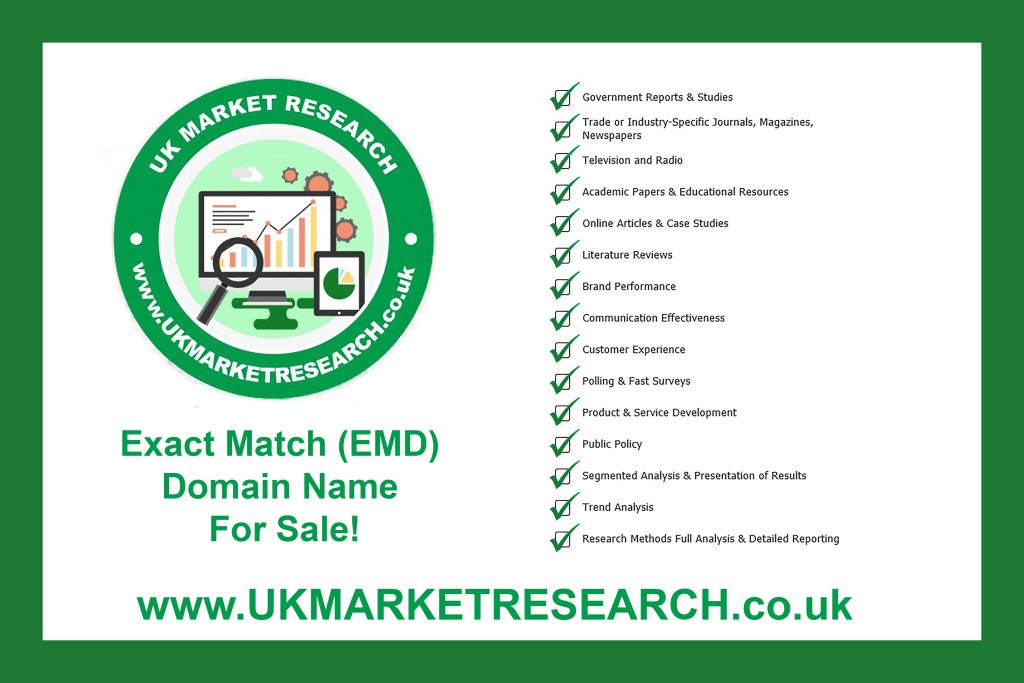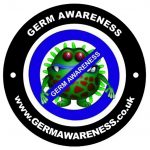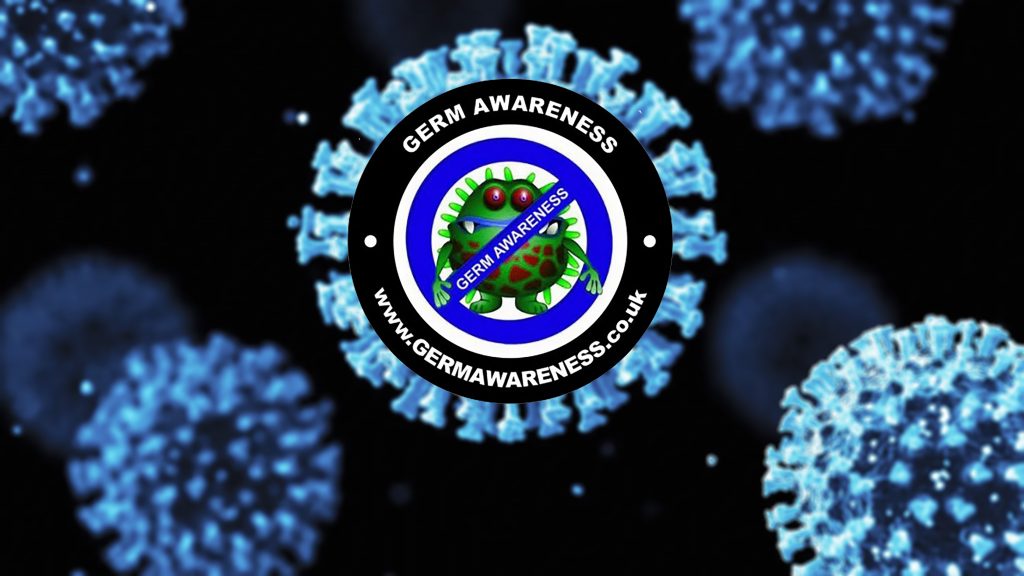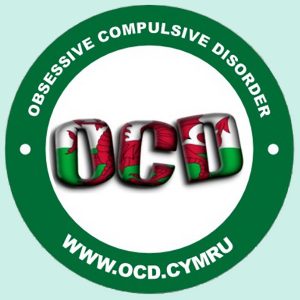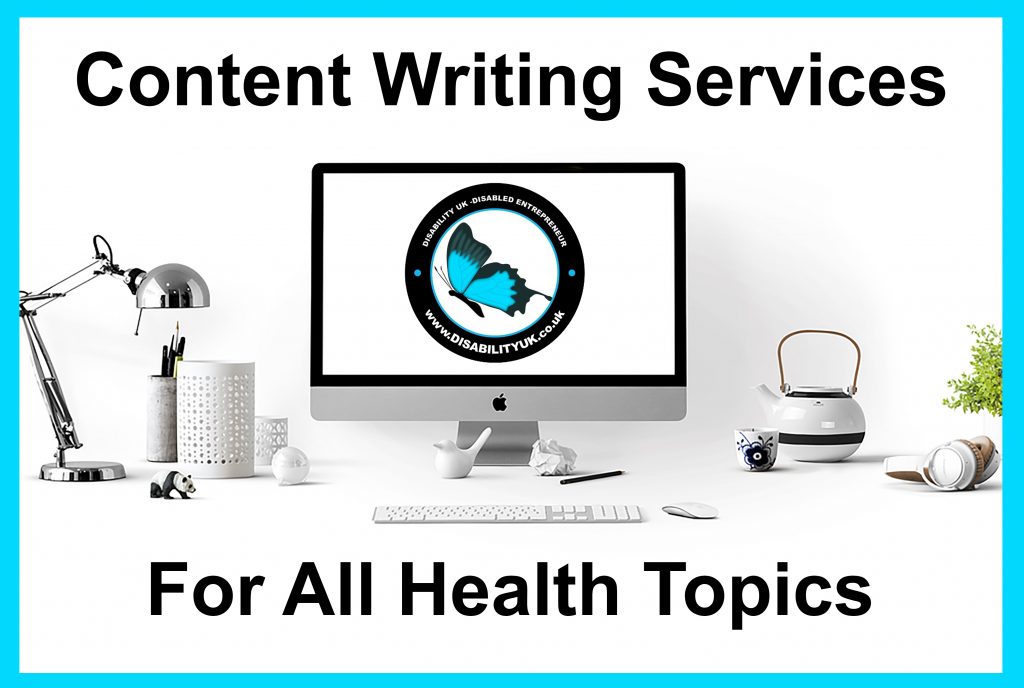
Proposal: If you found this article insightful and are seeking similar quality content tailored to your needs, our proficient team of writers stands ready to deliver. Whether your requirements lie within any topic, niche, or industry, we guarantee to craft engaging and informative content that resonates with your audience. Moreover, if you’re looking to share your unique story or require meticulously drafted letters, documents, or literature, we’re here to assist. Contact Us today to discuss how we can bring your ideas to life and meet your content needs effectively.
Contact Us Today!
The Importance of Market Research and Trending Topics in Content Strategy
Market research and the identification of trending topics are crucial components of an effective content strategy. For businesses aiming to generate leads and stay competitive, understanding market trends and creating relevant content is essential.
The Role of Market Research
Market research involves gathering, analyzing, and interpreting information about a market, including insights about potential and existing customers. Here’s why market research is essential:
- Understanding Consumer Needs: Market research helps businesses understand the needs, preferences, and behaviors of their target audience. This understanding allows for the creation of products and services that truly meet customer demands.
- Identifying Market Trends: By keeping an eye on industry trends, businesses can anticipate changes and adapt their strategies accordingly. This proactive approach can provide a competitive edge.
- Assessing Market Size and Potential: Market research provides insights into the size and potential of a market. This information is crucial for strategic planning and resource allocation.
- Competitive Analysis: Understanding what competitors are doing helps businesses identify their strengths and weaknesses, enabling them to refine their own strategies to stand out in the market.
- Reducing Risks: Thorough market research reduces the risks associated with launching new products or entering new markets by providing data-driven insights.
Importance of Trending Topics
Trending topics are subjects that currently capture the public’s interest and are widely discussed across various platforms.
Incorporating trending topics into a content strategy can have several benefits:
- Increased Visibility: Content that addresses trending topics is more likely to be shared and seen by a larger audience, enhancing brand visibility.
- Engaging Content: Topics that resonate with current public interests are more engaging and can lead to higher levels of audience interaction.
- SEO Benefits: Writing about trending topics can improve search engine rankings as these topics are often highly searched for, driving more organic traffic to your content.
- Thought Leadership: Consistently producing content on trending topics positions a business as a thought leader in its industry, building credibility and trust with the audience.
Platforms for Generating Leads
One effective platform for generating leads through strategic content writing is LinkedIn. Here’s how you can leverage LinkedIn to attract potential leads:
- Create High-Quality Content: Share articles, posts, and updates that are informative, and relevant, and address trending topics within your industry. This content should provide value and establish your expertise.
- Engage with Your Audience: Interact with your audience by responding to comments, participating in discussions, and joining relevant LinkedIn groups. This engagement fosters relationships and builds a loyal following.
- Use LinkedIn Pulse: LinkedIn Pulse allows you to publish long-form content directly on LinkedIn. This content is often featured in the feeds of your connections and followers, increasing visibility.
- Optimize Your Profile: Ensure your LinkedIn profile is fully optimized with a professional photo, compelling headline, and detailed summary that highlights your expertise and industry knowledge.
- Connect with Influencers: Building connections with industry influencers can expand your reach and introduce your content to a broader audience.
- Utilize LinkedIn Ads: LinkedIn offers targeted advertising options that can help you reach your ideal audience and generate leads.
- Analyze Performance: Regularly review the performance of your content using LinkedIn analytics. This data can provide insights into what works and what doesn’t, allowing you to refine your strategy.
List Of 30 Trending Health Topics
As we progress into 2024, the health landscape continues to evolve with new research, technological advancements, and shifting public health priorities. Whether you’re a content writer or an SEO expert, staying ahead of trending health topics can help you create timely and relevant content that resonates with your audience.
Here are 30 trending health topics to look out for in 2024:
- Mental Health and Wellness
- Telemedicine and Virtual Health Care
- AI and Machine Learning in Healthcare
- Personalized Medicine
- Health Impacts of Climate Change
- Long COVID and Post-Viral Syndromes
- Advancements in Cancer Treatments
- Microbiome and Gut Health
- Wearable Health Tech
- Plant-Based and Sustainable Diets
- Mental Health in the Workplace
- Vaccine Developments
- Longevity and Anti-Aging Research
- Women’s Health Innovations
- Pediatric Health Advances
- Genomic Testing and Gene Editing
- Chronic Disease Management
- Health Equity and Access
- Nutrition and Superfoods
- Sleep Health and Disorders
- Substance Abuse and Addiction Recovery
- Holistic and Alternative Medicine
- Digital Health Records and Data Security
- Fitness Trends and Innovations
- Public Health Policy Changes
- Healthcare Costs and Insurance
- Environmental Toxins and Health
- Oral Health and Innovations
- Infectious Disease Outbreaks
- Mental Health Apps and Resources
Where to Find Inspiration and Information
UKMarketReseach.co.uk – We Offer a Market Research Service.
To stay updated and generate more ideas for health topics, consider the following resources:
- Scientific Journals and Publications: Websites like PubMed, The Lancet, and JAMA provide access to the latest research articles and studies.
- Health News Websites: Trusted news sources such as Healthline, WebMD, and Medical News Today offer current updates on health trends and research.
- Professional Health Organizations: The World Health Organization (WHO), Centers for Disease Control and Prevention (CDC), and National Institutes of Health (NIH) provide valuable data and insights.
- Conferences and Webinars: Attending events such as the American Public Health Association (APHA) Annual Meeting or TEDMED can provide fresh perspectives and networking opportunities.
- Health Blogs and Influencers: Following reputable health bloggers and influencers on platforms like Medium, YouTube, and social media can offer a more personal take on trending topics.
- Government Health Portals: Websites like Health.gov and the NHS provide comprehensive information and updates on public health issues.
- Health Technology Websites: Websites like TechCrunch Health and MedTech Dive cover the latest in health technology and innovation.
- Academic Institutions: Universities and research institutions often publish findings and insights that can spark new content ideas.
- Patient Advocacy Groups: Organizations such as the American Heart Association or the Alzheimer’s Association can provide updates on specific conditions and patient needs.
- Online Communities and Forums: Participating in discussions on Reddit (e.g., r/health), Quora, and specialized health forums can reveal trending concerns and questions from the public.
By leveraging these resources, you can stay informed about the latest health trends and create content that is not only current but also highly valuable to your audience.
Conclusion
Incorporating market research and trending topics into your content strategy is vital for staying relevant and competitive. Platforms like LinkedIn offer excellent opportunities for generating leads through strategic content writing. By understanding your audience, keeping up with market trends, and leveraging the power of professional networks, you can create compelling content that drives engagement and generates valuable leads for your business.
